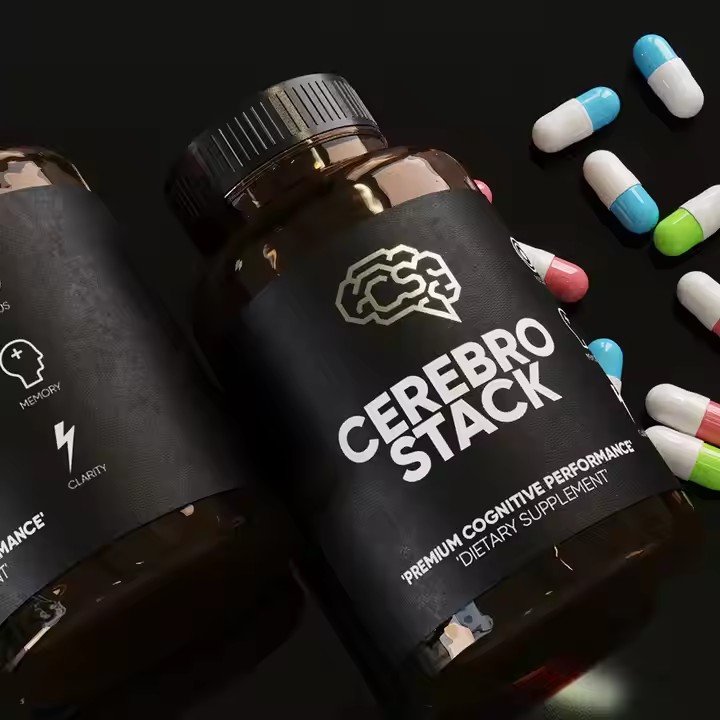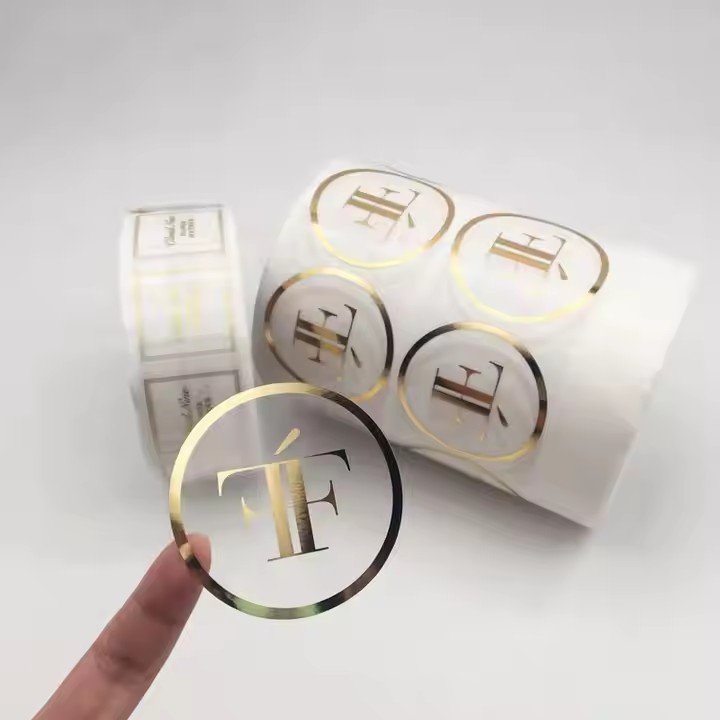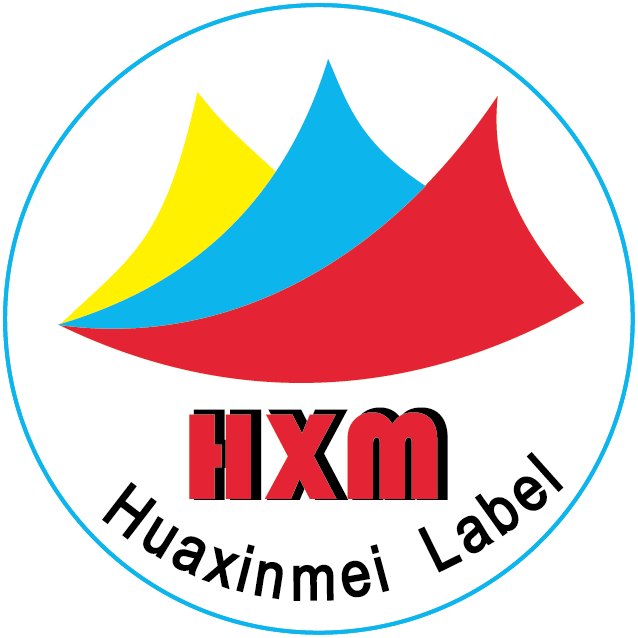- Narrative Design of Visual Symbols
The human brain processes images 60,000 times faster than text, making visual symbols the primary source of a coffee label’s appeal. These symbols should go beyond decoration to become compact carriers of brand storytelling.
Visualizing origin is a powerful way to draw attention. For example, Ethiopian coffee labels can use hand-drawn illustrations of coffee cherries and wild trees, with flowing curves to express the rhythm of the African savanna. Colombian coffees might incorporate simplified outlines of the Andes Mountains, with red-to-green gradients to echo the region’s coffee belt. This symbolic approach should avoid overly realistic rendering and instead distill recognizable regional elements—for instance, Kenya’s red soil can be expressed with bold color blocks rather than detailed topography. Studies show that coffee labels featuring clear visual cues of origin improve consumer recognition by 42% and increase purchase intent by 27%.
Translating roast level visually can reduce decision-making friction. Light roasts may use a bright yellow sun icon with upward arrows, while dark roasts can feature deep brown coffee bean silhouettes with downward curves. A more refined design might present roast level as a temperature scale—using a thermometer icon with a gradient from light yellow to dark brown—making technical info intuitive. One specialty coffee brand increased correct roast identification among customers from 38% to 89% with this method.

Emotional symbols can create deep resonance. Morning coffee labels might pair a crescent moon with a coffee bean to suggest “wakefulness,” while afternoon blends could depict sunlight filtering through a coffee cup, conveying “relaxation.” These icons should remain minimal, typically no more than two elements combined, to avoid information overload. Research shows that emotional-symbol-based labels have 60% higher memory retention than purely text-based ones.
- Strategic Use of Color Systems
Color selection on coffee labels isn’t a matter of personal taste—it’s a scientifically grounded decision tied to consumer psychology and product attributes. A well-planned color system can subconsciously communicate flavor notes and brand tone.
Base tones should strongly align with the coffee’s properties. Light roasts work well with high-lightness tones like beige, pale brown, or soft yellow to signal bright acidity and floral notes. Medium and dark roasts can use ochre, deep brown, or dark red to suggest caramel and nutty flavors. Unconventionally processed coffees (e.g., barrel-aged) may opt for bold colors like forest green or indigo to highlight uniqueness. Color psychology shows that brown tones evoke “richness,” while yellow tones cue “brightness”—shaping flavor expectations before tasting.
Color contrast rhythm is key to grabbing attention. The brightness difference between primary and secondary colors should exceed 30%—for example, pairing a dark brown background with beige text ensures readability. Additionally, high-saturation color accents (like red stamps or gold lines) can be used sparingly—ideally under 15% of the total label area—to create visual focal points without overwhelming the design. One coffee chain used a color scheme of dark brown + gold lines + red dots to improve on-shelf product recognition time by 2.3 seconds.
Cultural color adaptation must also be considered. In Asian markets, red and gold may be used more liberally to align with local aesthetic preferences. In Western markets, minimalist palettes of black, white, gray, and coffee tones are more widely accepted. It’s also important to avoid industry color taboos—for example, green can imply “unripe” in coffee unless the product emphasizes organic or sustainable qualities.
- Hierarchical Structuring of Information
Once a label grabs attention, it must quickly and efficiently convey key product info. This requires a well-structured information hierarchy. A great coffee label enables consumers to understand “what it is and why they should buy it” within just 3 seconds.
Top-positioning core information is critical. The brand name and product name should occupy the central visual position and be at least 1.5 times larger than other text. Key attributes like roast level and origin should immediately follow—ideally using a combination of icons and text. For example, “Guatemala – Medium Roast” should be more prominent than the flavor notes, as consumers first categorize coffee by origin and roast. Eye-tracking studies show that clearly tiered labels improve recognition of core information by 58%.

Concrete flavor descriptions enhance appeal. Avoid vague terms like “complex” or “balanced.” Instead, use specific combinations like “dark chocolate + caramel + citrus finish,” ideally with matching flavor icons (e.g., a chocolate bar, a citrus slice). This approach activates the consumer’s taste memory. Research shows that labels with three specific flavor descriptors convert 35% better than those using abstract terminology.


